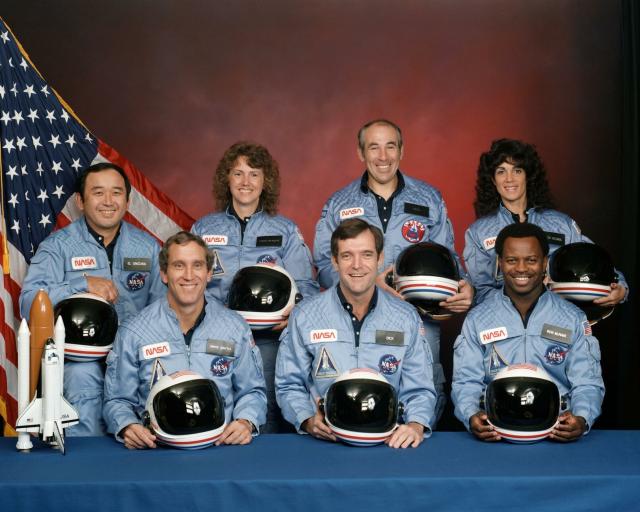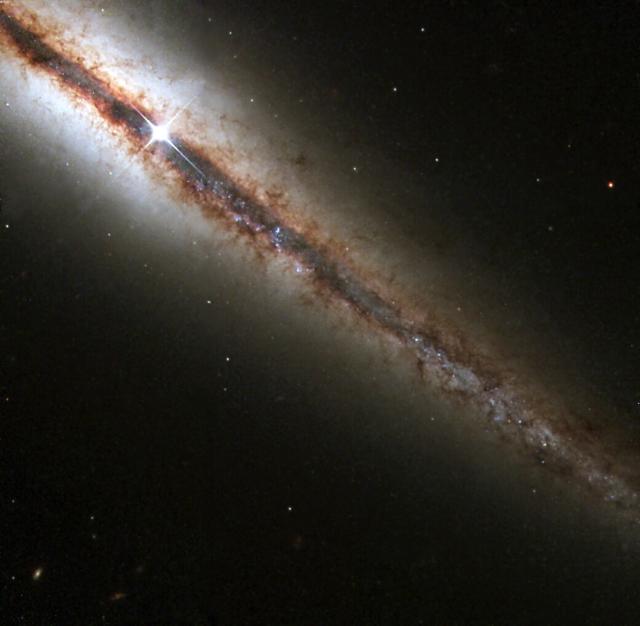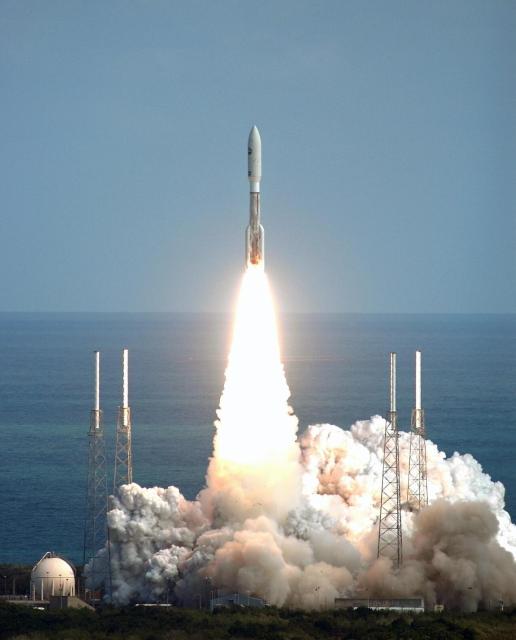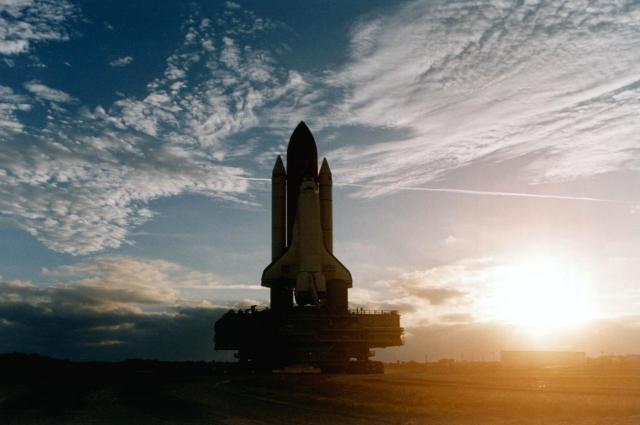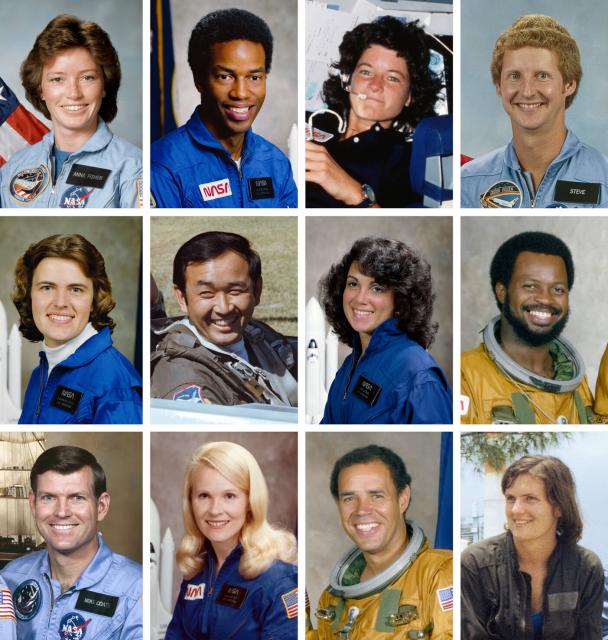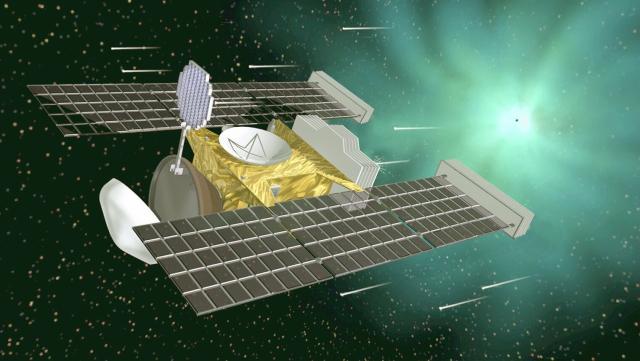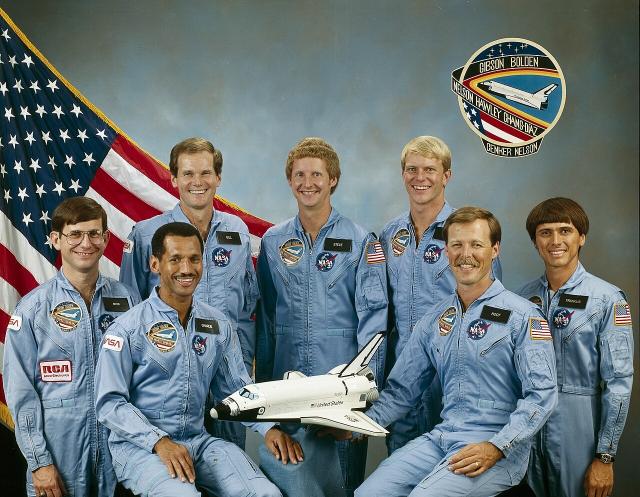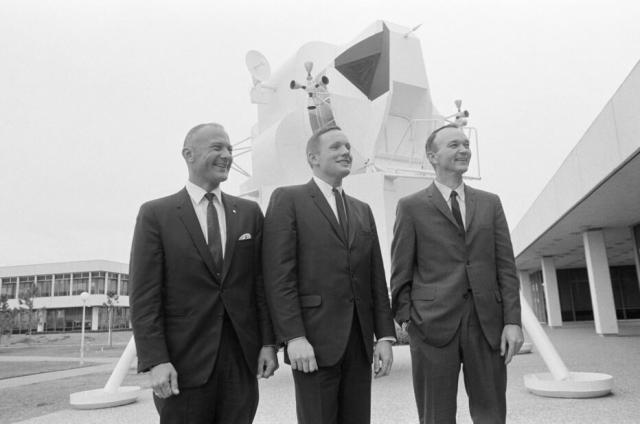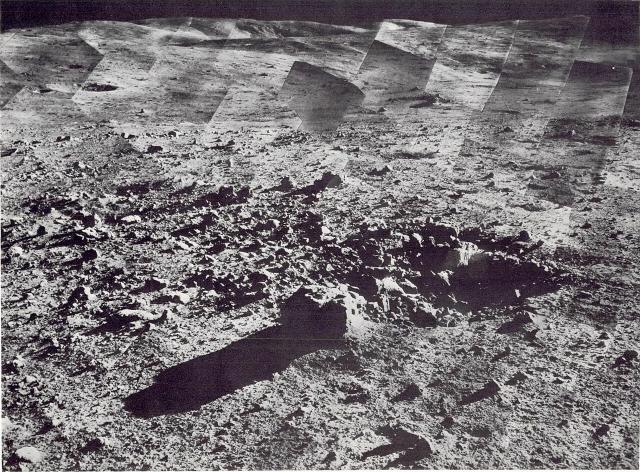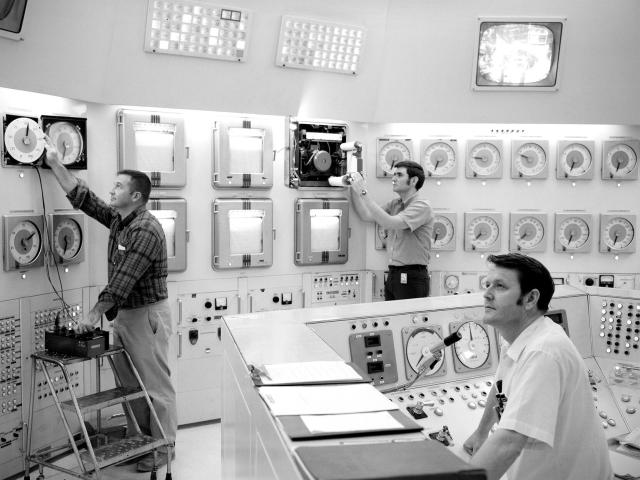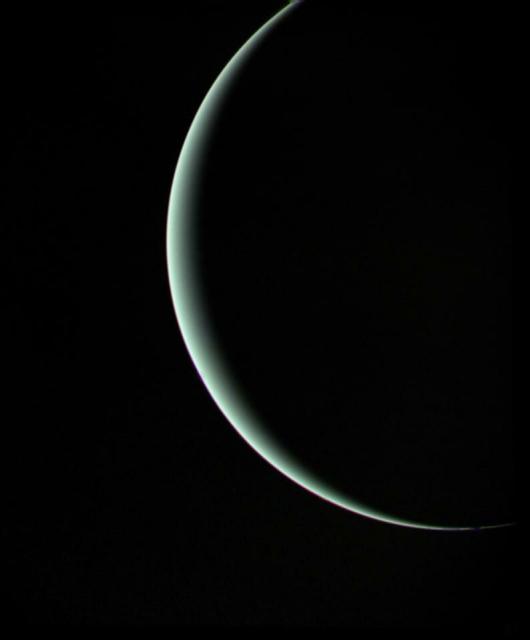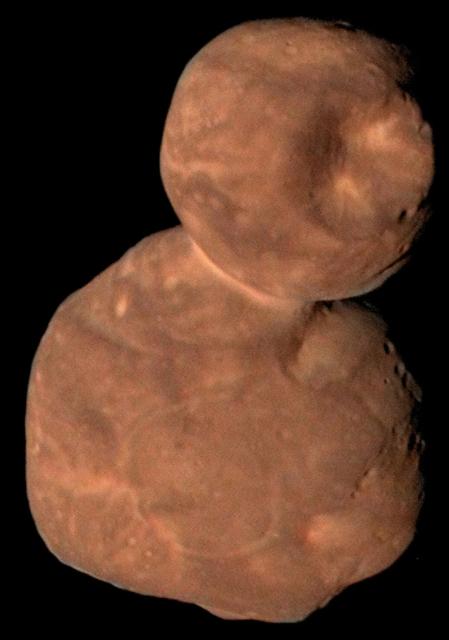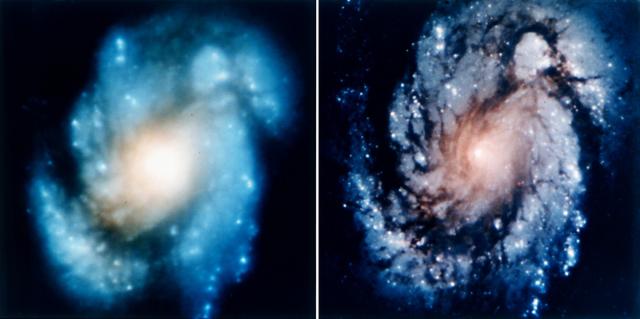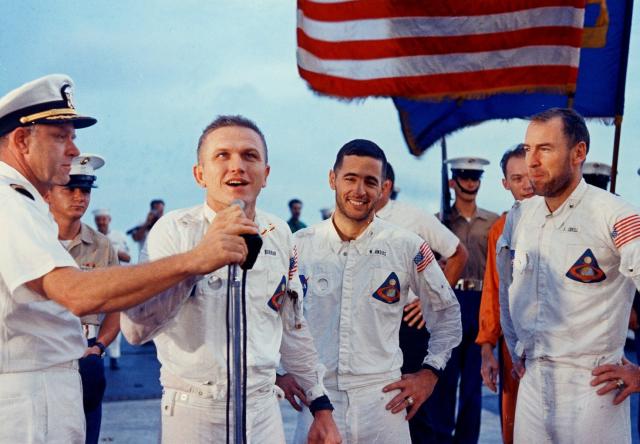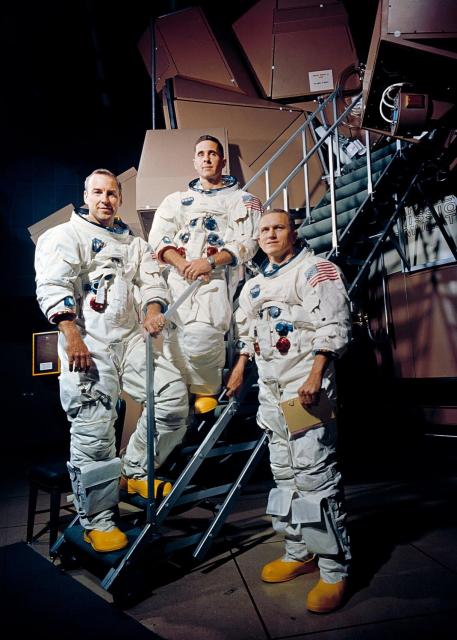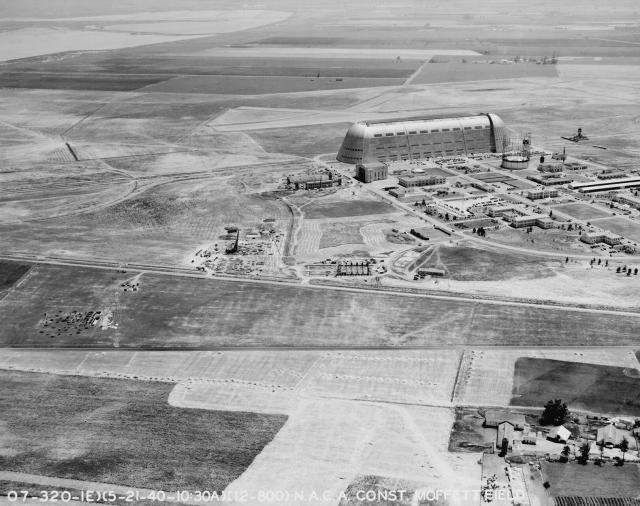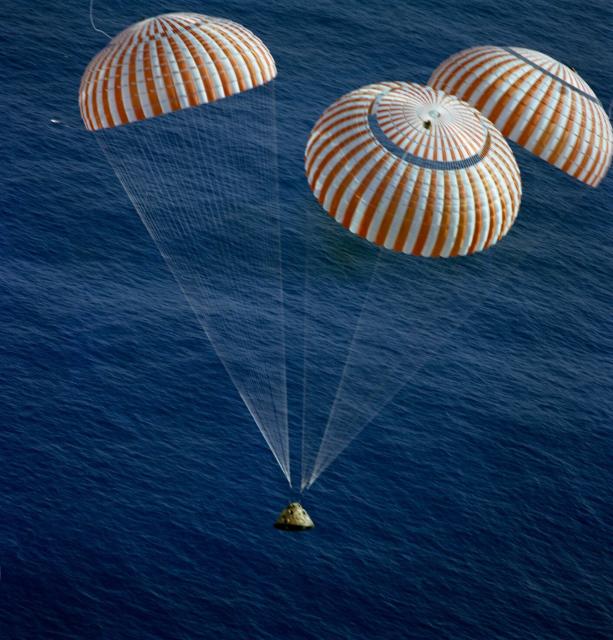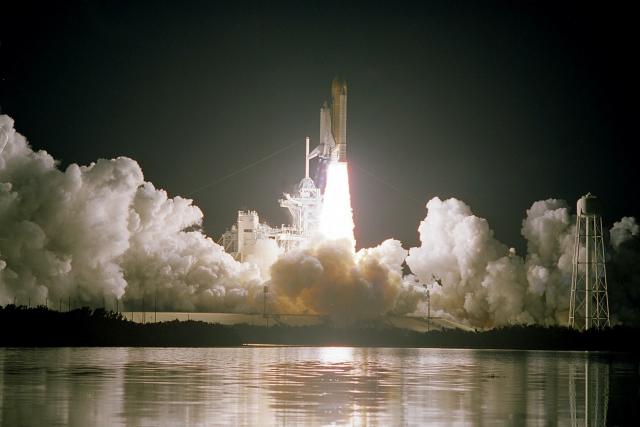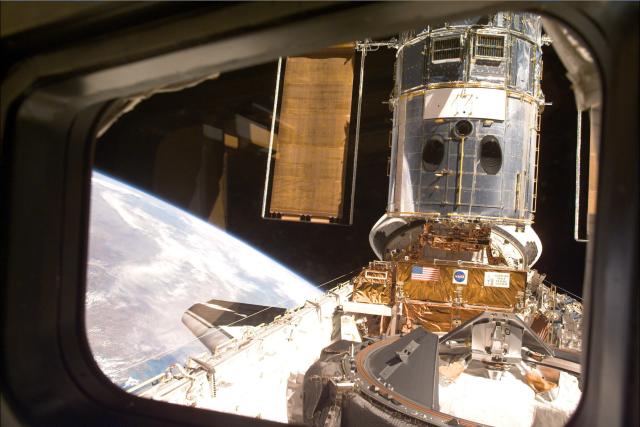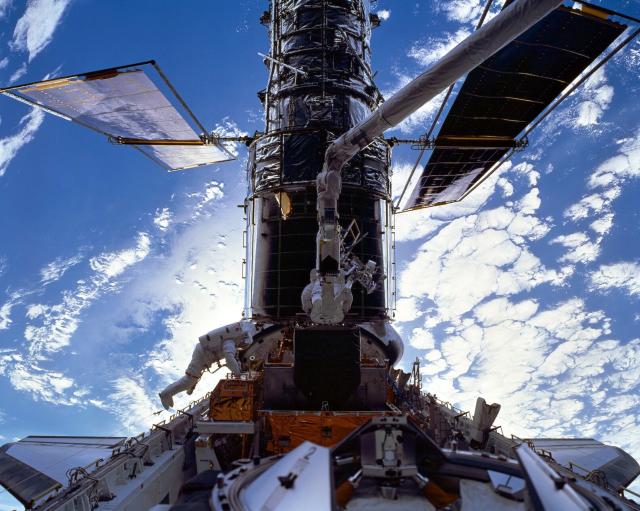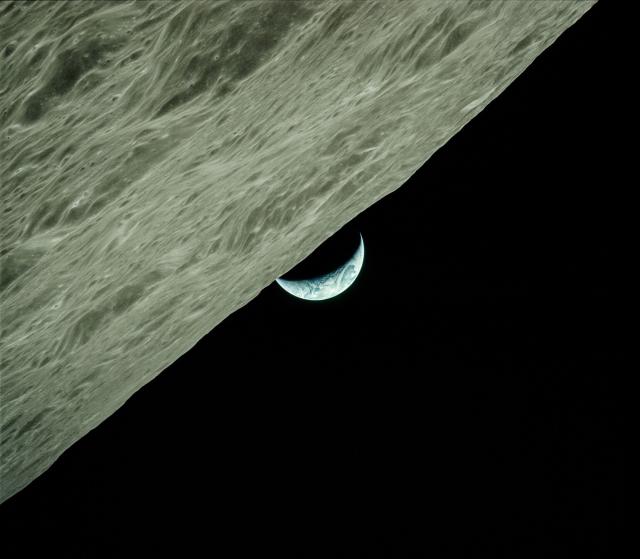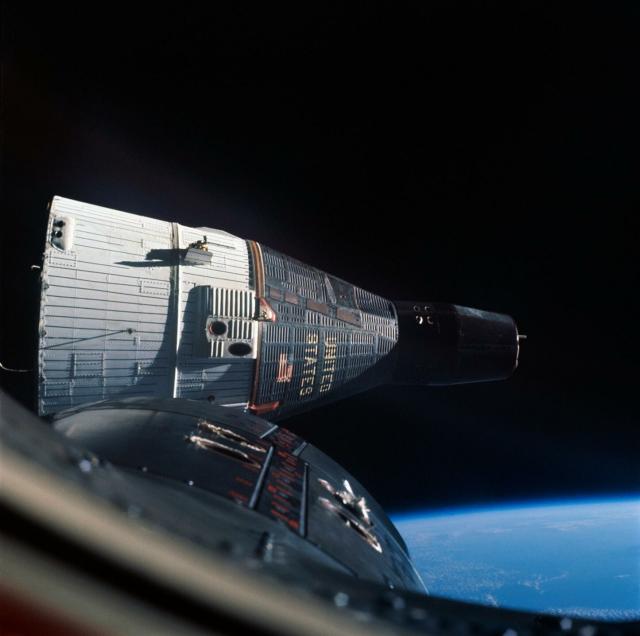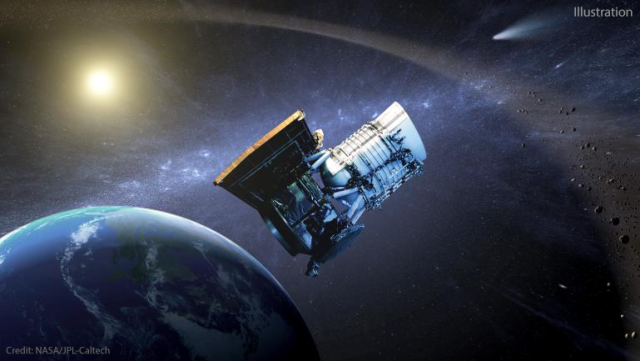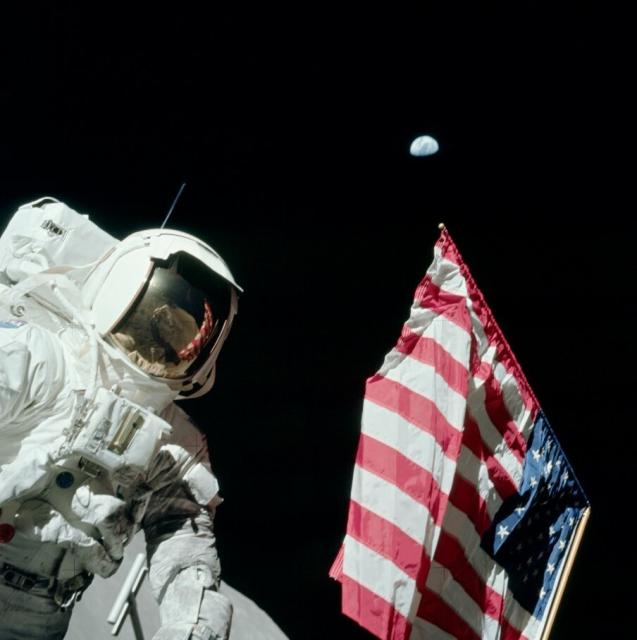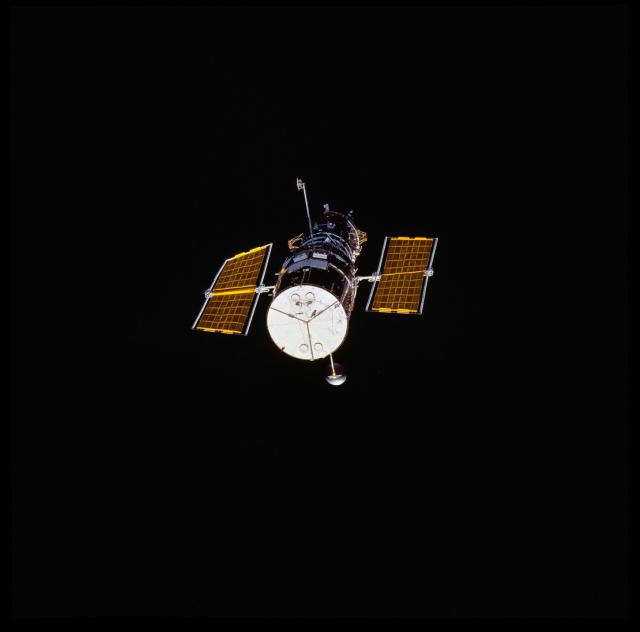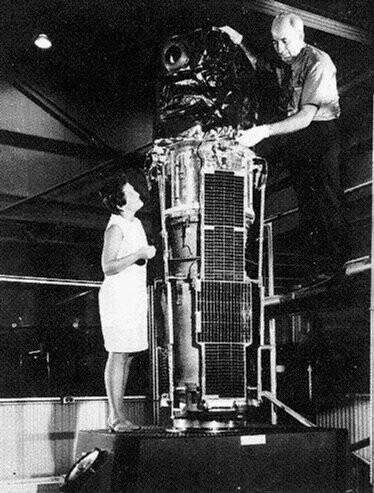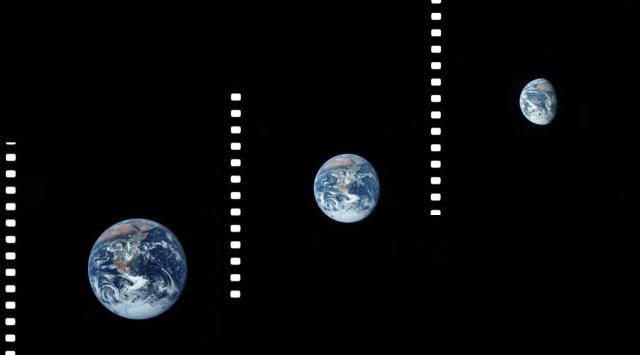Search
Items tagged with: otd
#OTD in 1986, as the crew of Space Shuttle Challenger (STS-51L) perished when the vehicle exploded shortly after liftoff.
They were Michael Smith, Dick Scobee, Ronald McNair, Ellison Onizuka, Christa McAuliffe, Greg Jarvis, and Judy Resnik. #NASARemembers
#NASAhistory
Ever wonder what Hubble saw on your birthday?
Here’s what Hubble captured #OTD in 2000 – the galaxy NGC 4013, seen edge-on from 55 million light-years away!
Find your image: go.nasa.gov/3WwqARC
#Hubble
What Did Hubble See on Your Birthday?
NASA.gov brings you the latest images, videos and news from America's space agency. Get the latest updates on NASA missions, watch NASA TV live, and learn about our quest to reveal the unknown and benefit all humankind.NASA
Space, meet the Lunar Module!
The uncrewed Apollo 5 mission was launched on the Saturn IB SA-204 rocket #OTD in 1968 with the primary objective of testing the Apollo Lunar Module's ascent and descent propulsion systems while in Earth's orbit.
#NASAhistory
Ready for your close-up, Pluto!
#OTD in 2006, NASA launched the first spacecraft to take a close look at the edges of our solar system: New Horizons! We got our first detailed views of Pluto and its moons 9 years later in 2015.
More on @NASANewHorizons: go.nasa.gov/3GO3MHg
#NASAhistory
In Depth | New Horizons – NASA Solar System Exploration
New Horizons was the first spacecraft to explore Pluto and its five moons up close and, later, made the first close exploration of a Kuiper Belt Object.NASA Solar System Exploration
That's how we roll
Space Shuttle Discovery rolled out to the launch pad #OTD in 1997, in preparation for STS-82, the second Hubble Servicing mission.
NASA announced its 8th group of astronauts #OTD in 1978, including 15 Shuttle pilot and 20 mission-specialist candidates. The group, dubbed the "Thirty-Five New Guys" was the 1st to include minorities and the 1st new astronaut group since 1969.
More: go.nasa.gov/3GG5PgA
#NASAhistory
45 Years Ago: NASA Selects 35 New Astronauts
On Jan. 16, 1978, NASA announced the selection of 35 new astronauts, the first time in more than eight years that the agency had admitted new astronauts.Kelli Mars (NASA)
#NASAEarth
Hunga Tonga-Hunga Ha‘apai Erupts
Several Earth-observing satellites collected data during and after the potent blast spurred a tsunami and lofted volcanic material high into the stratosphere.go.nasa.gov
A sample-return mission that led to big discoveries! ☄️
#OTD in 2006, the Stardust spacecraft returned samples of Comet Wild 2 to the Earth for study. Stardust, launched in 1999, was the first NASA mission dedicated to studying comets.
#NASAhistory
#NASAhistory
#NASAhistory
#OTD in 1969, @nasa announced the crew for Apollo 11, the first mission that would land humans on the Moon. Buzz Aldrin, Neil Armstrong, and Michael Collins were to make the trip… if all went well on Apollo 9 & 10.
Who was on the backup crew? Hint: go.nasa.gov/3Qfn4tq
#NASAhistory
How did NASA prepare for landing humans on the Moon in 1969? By sending the Surveyor landers to check out the surface and practice soft landings!
Surveyor 7, the last of the series to fly, launched to the Moon #OTD in 1968 and returned 21,274 pictures! go.nasa.gov/3ZelFHF
#NASAhistory
50 years ago: Surveyor 7 Launches
. Surveyor 7, the seventh and last in the series, launched January 7, 1968, from Cape Canaveral on an Atlas-Centaur rocket and landed successfully on the Moon three days later.NASA
50 years ago today, @nasa closed its Plum Brook Reactor Facility in Sandusky, OH. Beginning operation in 1961, the reactor was NASA's primary facility for space-related nuclear energy R&D.
Read about the Apollo 17 crew's visit to the facility #OTD in 1973 go.nasa.gov/3X6Ckep
#NASAhistory
"Decades ago we science fiction writers foresaw a great many things about space travel, but two things we did not foresee."
Isaac Asimov, born #OTD in 1920, wrote this in a 1985 NASA book about science and society. Find out what was overlooked (p. 59): go.nasa.gov/3Wbx1KC
#NASAhistory
Wishing you a #HappyNewYear filled with discovery!
Our solar system's own proto-snowman and the most distant object explored by a spacecraft, Arrokoth, had a visitor #OTD in 2019 when the New Horizons probe flew by, taking this photo. More about Arrokoth: go.nasa.gov/3hB2RBh
#NASAhistory
Overview | Arrokoth (2014 MU69) – NASA Solar System Exploration
Circling the Sun in a distant region of icy, rocky bodies called the Kuiper Belt, Arrokoth may represent the building blocks of Pluto and other planet-like worlds beyond Neptune.NASA Solar System Exploration
Hubble redeemed!
Following the first Hubble servicing mission earlier in December, galaxy M100 was imaged with the new WFPC-2 camera #OTD in 1993, showing that the defect in @NASAHubble's mirror had been corrected.
#NASAhistory
Rocketry pioneer Dr. Robert Goddard conducted the first rocket test flight at his Roswell, New Mexico laboratory #OTD in 1930. His liquid fuel rocket launched to a height of 610 m (2,000 ft).
Learn more about Robert Goddard: go.nasa.gov/3W8k04h
#NASAhistory
Dr. Robert H. Goddard, American Rocketry Pioneer
NASA.gov brings you the latest images, videos and news from America's space agency. Get the latest updates on NASA missions, watch NASA TV live, and learn about our quest to reveal the unknown and benefit all humankind.NASA
The first ever rollout of a Space Shuttle to the @NASAKennedy launchpad happened #OTD in 1980. Columbia would go on to make its first flight for STS-1 on April 12, 1981.
#NASAhistory
"We came all this way to explore the Moon, and the most important thing is that we discovered the Earth" –Bill Anders, Apollo 8 astronaut
"Earthrise," one of the most powerful photos in @nasa’s history, was taken by Anders #OTD in 1968 as the Apollo 8 crew orbited the Moon.
#NASAhistory
#OTD in 1964, NASA's SR-71 Blackbird made its 1st flight.
The SR-71 was designed to cruise at Mach 3.2 and at altitudes up to 85,000 ft, making it ideal for high-speed, high-altitude @NASAaero research.
Learn more about NASA's research with the SR-71: go.nasa.gov/3uRWTze
#NASAhistory
SR-71 Blackbird
Two SR-71 aircraft were used by NASA as testbeds for high-speed, high-altitude aeronautical research. The aircraft, an SR-71A and an SR-71B pilot trainer aircraft were based at NASA's Dryden Flight Research Center, Edwards, CA.NASA
Cancel your holiday plans, we're going to the Moon!
With the urgency of the Space Race in full effect, Apollo 8 astronauts Frank Borman, Bill Anders, and Jim Lovell launched from @NASAKennedy #OTD in 1968.
More about the first crewed mission to the Moon: go.nasa.gov/3j6pVsc
#NASAhistory
To the Moon and Back: Apollo 8 and the Future of Lunar Exploration
In mid-August of 1968, astronauts Frank Borman, Jim Lovell and William Anders received a call telling them to cancel their winter holiday plans — they were going to the Moon.Karl Hille (NASA)
#NASAExoplanets
Kepler-20e -- The Smallest Exoplanet (Artist's Concept) - Exoplanet Exploration: Planets Beyond our Solar System
This artist's animation flies through the Kepler-20 star system, where NASA's Kepler mission discovered the first Earth-size planets around a star beyond our own.Exoplanet Exploration: Planets Beyond our Solar System
#NASAhistory
History of Ames Research Center
NASA.gov brings you the latest images, videos and news from America's space agency. Get the latest updates on NASA missions, watch NASA TV live, and learn about our quest to reveal the unknown and benefit all humankind.NASA
Splashdown!
After 12 days and 14 hours in space, the #Apollo17 astronauts splashed down in the Pacific Ocean at 2:25 pm EST #OTD in 1972. It was the longest of all the Apollo missions with the most samples retrieved and photos taken. #Apollo50th
#NASAhistory
#OTD in 1999: The third servicing mission up to the Hubble Space Telescope launched!
During this mission, astronauts replaced Hubble’s gyroscopes and installed new equipment to make it more capable than before.
Find out more: go.nasa.gov/3W6ohFm
#Hubble
About - Hubble Servicing Missions | SM3A
NASA.gov brings you the latest images, videos and news from America's space agency. Get the latest updates on NASA missions, watch NASA TV live, and learn about our quest to reveal the unknown and benefit all humankind.NASA
That's teamwork 👨🚀 👨🚀
Astronauts Walter Schirra (right) and Thomas Stafford shake each other's hand as they arrive aboard the USS Wasp aircraft carrier, after their nearly 26-hour Gemini-VI-A spaceflight #OTD in 1965. It was the 1st recovery to be broadcast live on TV!
#NASAhistory
"We send our good morning on our last wakeup day from the Moon.”
Gene Cernan sent greetings from the #Apollo17 crew to everyone back on Earth #OTD in 1972. #Apollo50th
📷 Earthrise seen from lunar orbit
#NASAhistory
🤝 Gemini VII, meet Gemini VI-A
The first-ever rendezvous of two spacecrafts with astronauts on board happened #OTD in 1965. This photo of the Gemini VII craft was taken by the crew of Gemini VI.
Learn more about this historic meetup in Earth's orbit: go.nasa.gov/3hhSWR7
#NASAhistory
Dual Gemini Flights Achieved Crucial Spaceflight Milestones
The flights of two piloted spacecraft during December 1965 were major strides forward in advancing NASA's capabilities in human spaceflight.NASA
#NASAExoplanets
Wide-field Infrared Survey Explorer (WISE)
NASA.gov brings you the latest images, videos and news from America's space agency. Get the latest updates on NASA missions, watch NASA TV live, and learn about our quest to reveal the unknown and benefit all humankind.NASA
#OTD in 2009 our Wide-field Infrared Survey Explorer (WISE) launched!
WISE's all-sky survey led to mind-expanding science including:
⚫ Uncovering millions of black holes
⭐ Discovering the coolest class of stars
💡 Imaging the most luminous galaxy
The WISE/NEOWISE telescope started mapping our sky after its launch #OTD in 2009. A video of its view reveals dying stars, hungry black holes and more. go.nasa.gov/3FeMsdG
#NASAExoplanets
NASA Telescope Takes 12-Year Time-Lapse Movie of Entire Sky
Pictures of the sky can show us cosmic wonders; movies can bring them to life. Movies from NASA’s NEOWISE space telescope are revealing motion and change across the sky.NASA Jet Propulsion Laboratory (JPL)
#NASAUniverse
#NASAMoon
SVS: Flying over the Taurus-Littrow Valley
On December 11, 1972, Apollo 17 astronauts Eugene Cernan and Harrison Schmitt landed their lunar module, Challenger, in a lunar valley named for the Taurus mountain range and the nearby Littrow crater.go.nasa.gov
#NASAMoon
Apollo 17 in Real Time
A real-time interactive journey through the last landing on the Moon. Relive every moment as it occurred in 1972.Apollo 17 in Real Time
#NASAUniverse
50th Anniversary of OAO 2: NASA’s 1st Successful Stellar Observatory
Launched on Dec. 7, 1968, NASA's Orbiting Astronomical Observatory 2, nicknamed Stargazer, was the agency's first successful cosmic explorer — a direct ancestor of Hubble and many other astronomy satellites.Rob Garner (NASA)
